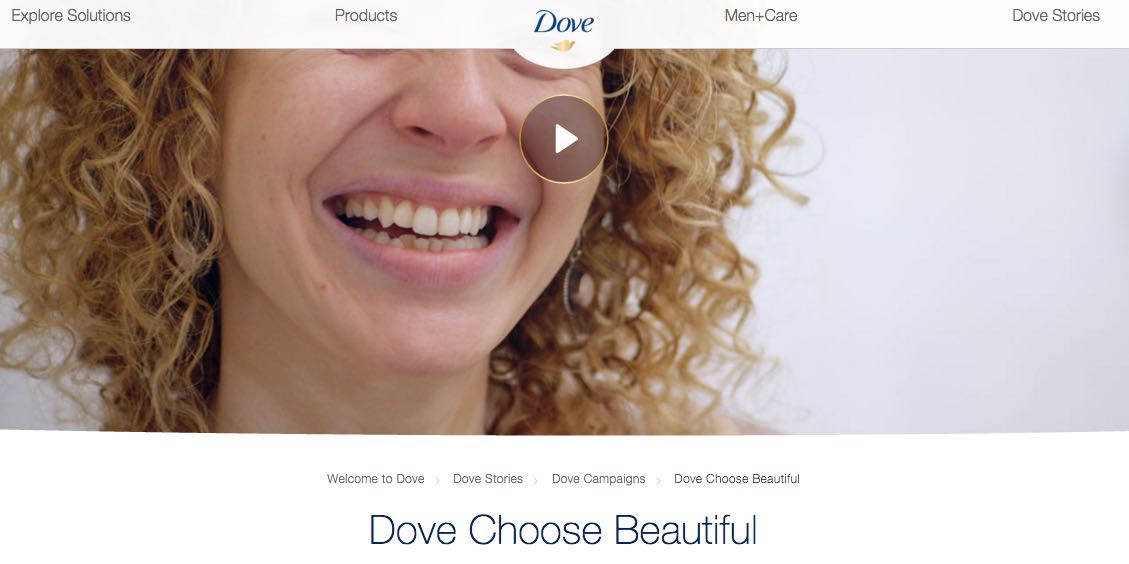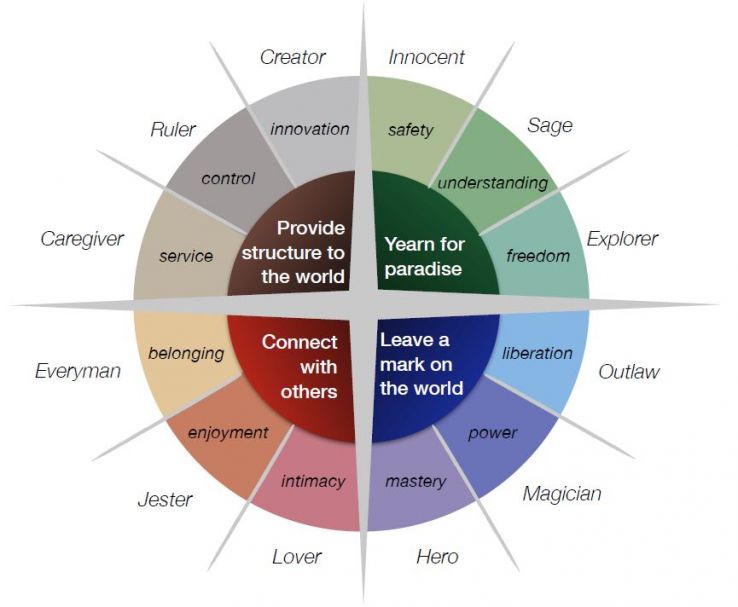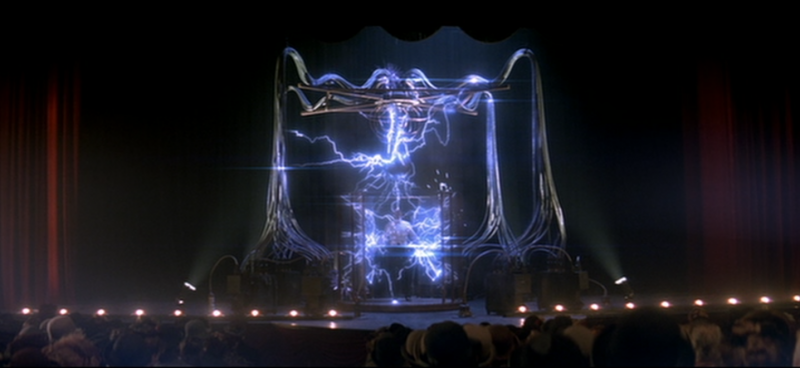Everything starts with an idea.

But what is an idea?
A thought, says the dictionary very laconically.
Then added: intelligence to provide, invent and draw a thing.
However, my past as a philology student, inclines me to prefer this definition of idea: an abstract archetype of a given thing, compared to which the real-life examples are seen as imperfect approximations.
Abstract archetype of a given thing ... this is not what we - the marketers – work every day with?
Aren’t the Buyers and Audience Personas anything but abstract archetypes? Even if we are exceptionally good in interpreting data, are not the Personas too perfect ideas of the reality they want to represent?
It is in the imperfection, in my opinion, where we must find the secret of true marketing, because people - the real ones - are imperfect.
Although people tend to desperately seek perfection in role models (and brands now have the power to stand as role models), too much perfection tends to be perceived as artificial with obvious rejection and negative effects.
The most successful brands are those, which are able to put themselves at the same (imperfect) level of the public they target.
I am like you. I am the best picture of you, and I am your friend, the brands continuously say.

For no other reason we see how "humanism" plays an important role in the digital marketing strategies lately, so much that talking of communication between brand and public increasingly is understood as a Human to Human relationship, and the classic classics B2B or B2C concepts seem to have the hours counted.
Obviously, in this H2H strategy, where brands - thanks to our job as marketers - want the image they project of themselves to become "friends" with their audiences, Social Media Marketing is critical.
For the same reason, though, SEO - once used by brands more as a mechanistic way to reach that same audiences - is being touted as Search Experience Optimization, where the user is at the center of all optimization, and search engines and their algorithms are just a medium to use for creating multiple conversations between Brand and Public.
Finally, it is also because of this return to the true humanism the reason of being of the most successful Content Marketing.
Archetypes. Universal patterns of ideas
We are all conditioned by archetypes. Think, for example, in psychology of colors.
Brands and marketers work with them, sometimes consciously (the most marketing savvy brands) but mostly unconsciously.

The client is the Hero, who is facing difficulties that can banish him from the ideal society, but - thanks to the providential intervention of a Deus Ex Machina (the Brand) – he manages to get an object (the Product), by which he can reintegrate himself into the community and thus reaffirm his role as hero.
Or…
Brand, a sympathetic hero, attracts a fellowship other heroes (the public) thanks to the values and vision of the world they share.
These two are the storytelling archetypes that every brand uses.
A classic example is Apple, but no-profit institution such as Save the Children or governmental ones like UNICEF, or brand like Dove, Nike and Patagonia are faithful to those storylines, being the difference between them what specific archetypal figure they decide to use (the magician, the hero, the innocent and so on).
Inception
Inception, establishing an idea, which leads to an assumption that ends in an action or series of actions.
We can summarize the best marketing in those steps. Everything else is instrumental to those steps, and if marketers fail it is because it considers the tools as being the mean of their marketing strategy.
- Implanting our ideas, making believe to the public – thanks to a wise use of the archetypes and psychology - they created them;
- Consolidating the ideas with content that seamlessly reach the public at the very moment it needs it;
- Amplifying and making the idea socially correct and acceptable;
- Channeling the public into a funnel, or rather a kind of black hole from which it can not and will not desire to escape from.
These 4 are - in extreme synthesis - the real motives and the strength of Inbound Marketing strategy of success.
All others are corollaries that can be (or not) to put in practice the same strategy to succeed.
The marketer as illusionist
In this four points strategy I have just described, the marketer plays the “illusionist” role.
Every illusionist knows that his audience, the more skeptical one too - wants to believe, and in order to make his public believing his magic, every true illusionist trains endless hours.

The real marketer perfects his "illusions" analyzing data, performing tests, experimenting and refining his techniques and the use of the tools that let him create the illusion of reality that his campaign promotes... because, let's be honest, an iPhone and a Blackberry are both smartphones, but only the first was able to convince million people (including myself) it was the only true one.
We, the marketers, create illusions so that the brands’ ideas can be incepted into the minds of their audience.
Although we must be careful, and convince the public that the idea flourishes from itself. Otherwise, that dream, which is our marketing strategy, will collapse.
